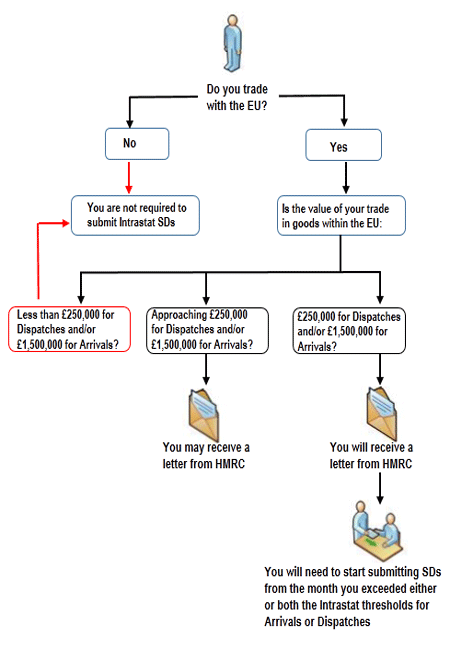The VAT world of partial exemption can be complex with some arcane language used in guidance. Here is your “cut out and keep” guide:
A general guide to partial exemption here.
| VAT Glossary
Partial Exemption |
|
| Term | Explanation |
| Allocation | Some special methods have different sectors where the recoverable element of residual input tax is different. Allocation is the means by which residual input tax is distributed to specific sectors within a method. |
| Annual adjustment | At the end of the tax year the partial exemption calculation is recalculated using annual figures. |
| Apportionment | Residual input tax must be apportioned to reflect the extent to which the purchases on which it is incurred are used in making onward taxable supplies. The partial exemption method carries out this function. |
| De minimis tests | Tests designed to allow recovery of minimal amounts of exempt input tax. |
| Direct attribution | The identification of input tax on supplies that are wholly used, or to be wholly used in making taxable supplies or are wholly used or to be wholly used in making exempt supplies. |
| Exempt input tax | Input tax incurred on purchases which are used or to be used in making exempt supplies. It comprises input tax directly attributable to exempt supplies and, after the partial exemption method has been applied, the exempt element of residual input tax identified by the partial exemption method. |
| Exempt supplies | Supplies made by a business, which are listed in Schedule 9 of the VAT Act 1994. VAT incurred in making exempt supplies is non-recoverable, unless they are ‘specified’ supplies, subject to the de minimis test. |
| Input tax | VAT incurred by a VAT registered person on goods and services purchased for the purposes of a business. |
| Longer period | This is usually the tax year for annual adjustment purposes but may in certain circumstances be shorter than a tax year. It may also be longer in the case of a mid-year stagger change. |
| Foreign supplies | Supplies made by a business which are made outside the UK but which would be taxable if they were made in the UK. |
| Residual input tax | Input tax which is used, or to be used, to make both taxable and exempt supplies. It is apportioned between taxable and exempt supplies by the partial exemption method. Residual input tax is commonly referred to as ‘non-attributable input tax’ or ‘the pot’. |
| Special method | Any partial exemption method, other than the standard method, used to identify the taxable element of input tax incurred. Special methods require prior approval from HMRC. |
| Specified supplies | Supplies specified by Treasury Order which are not taxable supplies, but which carry the right to recover input tax incurred in making them. |
| Standard method | This is the default partial exemption method. It is specified in law and is suitable for most smaller businesses. |
| Taxable input tax | Input tax incurred on purchases of goods and services which are used or to be used in making taxable supplies and other supplies which carry the ‘right to deduct’. |
| Taxable supplies | Supplies made by a business, which are either standard, reduced or zero-rated. Input tax incurred in making taxable supplies is deductible. |
| Tax year | Every VAT registered business has a tax year. This usually ends at the end of March, April or May each year, depending on the business’s VAT return periods. |
| VAT Groups | Two or more corporate bodies accounting for VAT under a single VAT registration number. One acts as representative member and any supplies between the members of the group are disregarded for VAT purposes. |
Any business which receives income from the following sources may be affected by partial exemption:
- Property letting and sales – potentially all types of supply of land
- Financial services
- Insurance
- Betting, gaming and lotteries
- Education
- Health and welfare
- Sport, sports competitions and physical education
- Cultural services
This list is not exhaustive.
If your, or your client’s business is partially exempt I always recommend a review.

